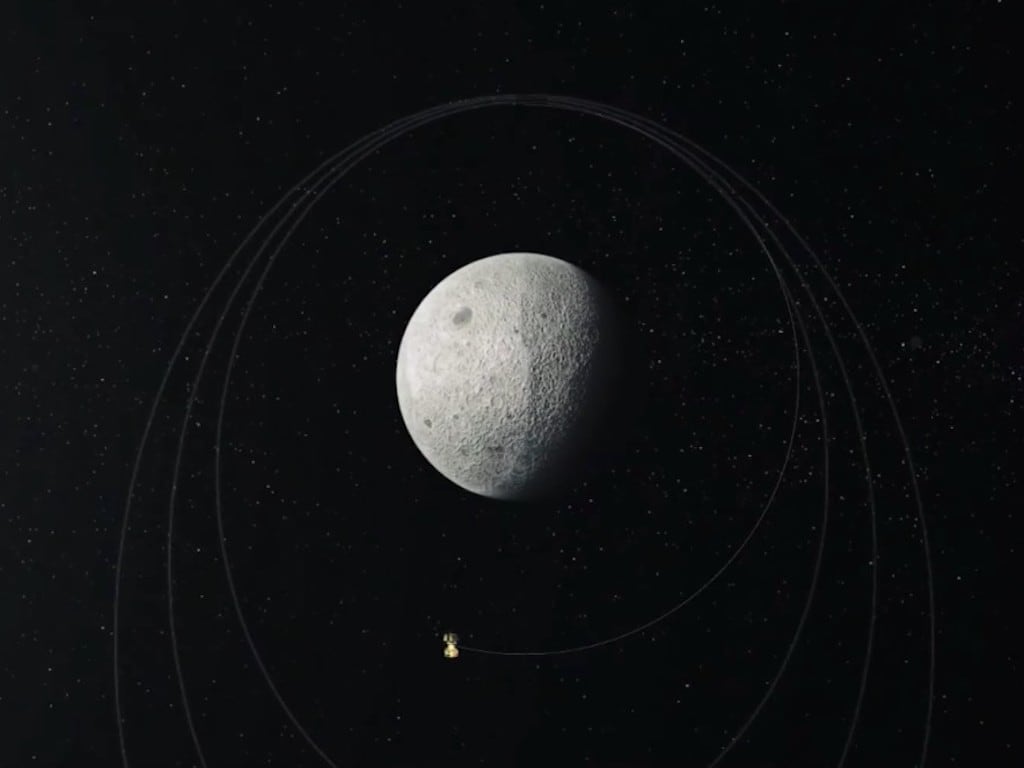Find our entire collection of stories, in-depth analysis, live updates, videos & more on Chandrayaan 2 Moon Mission on our dedicated #Chandrayaan2TheMoon domain.
On 7 September 2019, the day Vikram Lander was scheduled to soft-land on the lunar surface, ISRO lost contact with the lander module comprising the Lander Vikram and Rover Pragyan, which came to be a hitch in India’s ambitious space project Chandrayaan 2. However, despite the failed landing, this mission’s orbiter will still be performing various crucial tasks. Principal scientific advisor Dr Vijay Raghavan reminds us of that in a long Twitter thread.
Raghavan reminds us that the mission comprised of an Orbiter, Lander and Rover. While ISRO may have lost communication with the Lander, the latter followed the planned descent trajectory from its orbit of 35 km to just below 2 km above the surface.
“Orbiter has already been placed in its intended orbit around the Moon and shall enrich our understanding of the moon’s evolution, map minerals, water molecules in the polar regions, using its eight state-of-the-art scientific instruments,” he said. The launch and mission management has also ensured a long life of almost 7 years for the orbiter instead of the planned one year, he added.
He also said that the success criteria were defined for each and every phase of the mission and so far 90 to 95 percent of the mission objectives have been accomplished and will continue to contribute to Lunar science.
